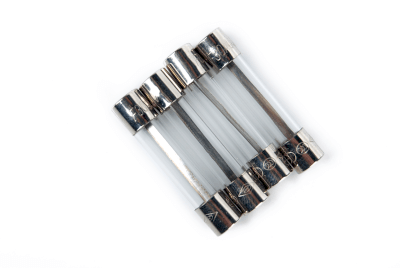What Is a Fast Recovery Diode?
A fast recovery diode (FRD) is a PN junction diode designed for rapid switching, with capabilities far exceeding those of standard rectifier diodes in high-frequency applications ranging from a few kHz to 100 kHz. Unlike general rectifier diodes optimized for frequencies below 500 Hz, FRDs have significantly shorter reverse recovery times (trr), transitioning from the on state to the off state in just 50 to 100ns, compared to 5 to 10us for standard rectifiers.
Uses of Fast Recovery Diodes
Fast recovery diodes are integral in power factor correction (PFC) circuits within switching power supplies, aiming to minimize high-frequency current interference. These circuits, comprising a diode, inductor, and MOSFET, rely on FRDs to mitigate recovery current and switching noise during continuous operation. FRDs are also employed in AC/DC converters and inverter circuits for their efficiency in high-speed switching.
Structure of Fast Recovery Diodes
FRDs share the basic PN junction structure with rectifier diodes, where the anode connects to the P layer and the cathode to the N layer, allowing current to flow only in the forward direction. Innovations in FRD design, such as carrier traps near the PN junction through electron beam irradiation or noble metal diffusion, expedite hole movement across the N layer, effectively reducing trr.
Principle of Fast Recovery Diodes
The principle behind FRDs involves managing the movement of holes and electrons upon sudden reverse-bias application. This movement creates a recovery current flowing opposite to the forward current, which ceases once a depletion layer forms, halting the recovery current. The design of FRDs aims not only to shorten trr but also to ensure a gradual recovery of the current to avoid noise due to sudden convergence or ringing.
How to Choose Fast Recovery Diodes
When selecting diodes, it’s essential to differentiate among the four main types: fast recovery, general-purpose, switching, and Schottky barrier diodes, each offering unique characteristics suited to different applications:
1. Fast Recovery Diodes
Characterized by their low trr and high withstand voltages, typically around 800 V, with a standard forward voltage (VF) drop of approximately 2 V, though newer models feature lower VF.
2. General-Purpose Type
Used in diode bridges for rectification and overcurrent protection, these diodes have a standard VF of about 1 V and are designed for rectifying mains electricity (50/60 Hz).
3. Switching Type
Suitable for switching power supplies, offering similar VF to general-purpose types but with faster trr, though not as rapid as FRDs or Schottky diodes.
4. Schottky Barrier Diode
Known for swift switching and low VF, around 0.8V at high currents (10A) and 0.5V at several amperes. However, their significant reverse leakage current may lead to thermal runaway.

